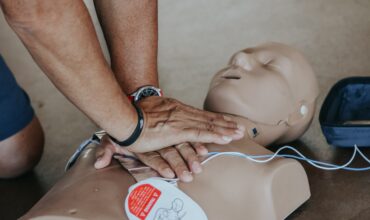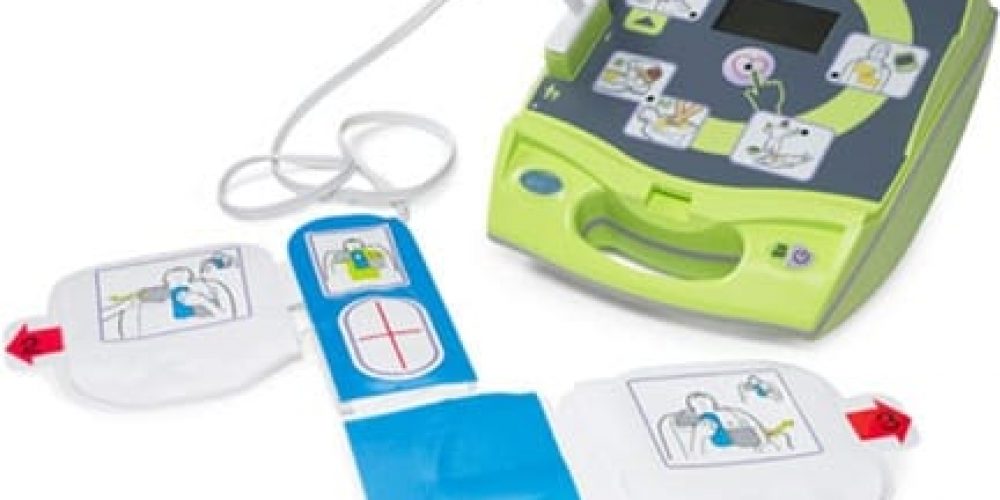- Your cart is empty
- Continue Shopping


If you have an AED (a portable defibrillator), you should know there are maintenance issues that need to be addressed. One of these issues is the importance of the AED pads (electrodes) and why they need to stay connected to your device. A defibrillator is only functional if its components are up-to-date and the pads are plugged into the device at all times. In the event of Sudden Cardiac Arrest (SCA), you only have 10 minutes to save someone’s life – that includes the time it takes you to assess the victim, grab the AED, call 911, connect the victim to the AED, and begin CPR.
By keeping the pads plugged into the AED, you will save time in an emergency response. If the pads are not connected to the AED, the device is not rescue ready. By keeping the pads connected to the device, you ensure that your Automated External Defibrillator (AED) will be ready to go when there is a victim of SCA. In addition, many AEDs check for connected pads in a routine self-test. If pads are not plugged into the device, the AED will fail the self-test and it will not be rescue ready.
Some older AEDs do not have pre-connected pads, requiring the responder to connect the pads during a cardiac emergency. If you have an older device if you have questions about your AED leave us a comment, give us a call at 855-873-8503, or email us at customerservice@aedbrands.com
Implementation Guide